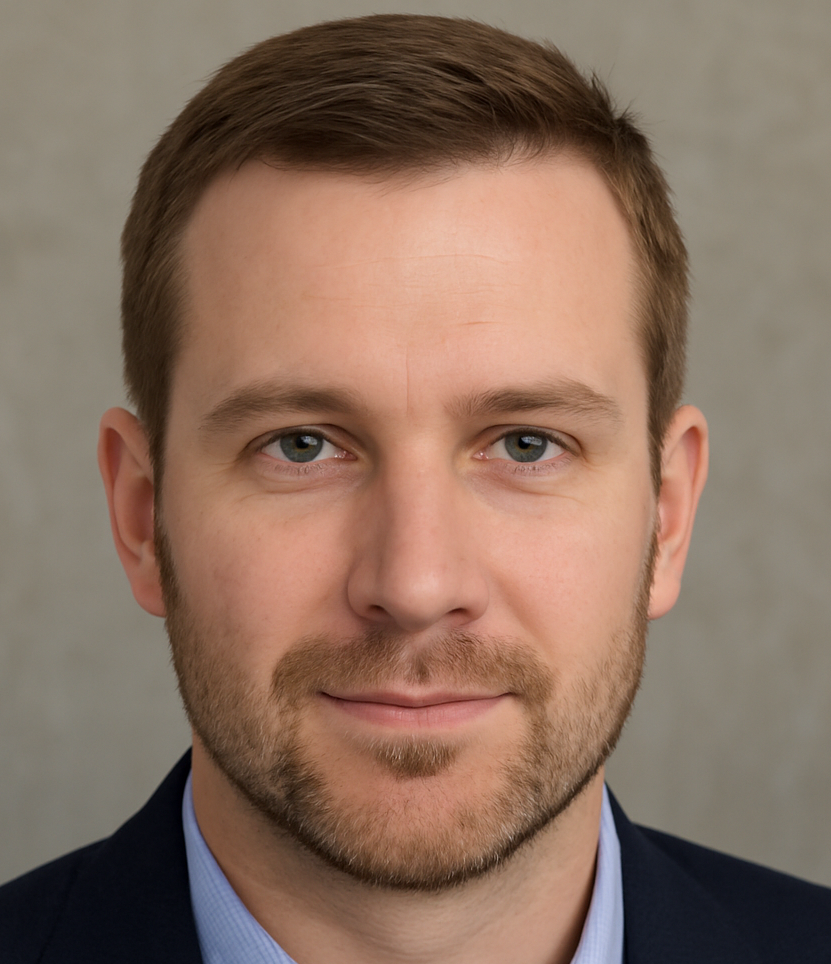When people think of UFC in South America, Brazil naturally comes to mind first. The country has produced countless legends like Anderson Silva, José Aldo, and Amanda Nunes, making it the beating heart of MMA on the continent. But the story doesn’t end there. Over the past decade, UFC’s influence has expanded across South America, and fighters, fans, and promotions in countries beyond Brazil are fueling a new era of growth.
In this article, we’ll explore how UFC has grown in South America outside of Brazil, the rising stars, the expansion of events, and what it means for the future of MMA in the region.
UFC’s Early Expansion in South America
While Brazil was the first South American country to make waves in the UFC, neighboring countries initially lagged behind. Argentina, Colombia, Chile, and Peru had limited exposure to high-level MMA. UFC’s growth in these regions followed a gradual path:
-
Broadcast deals – Local sports channels started airing UFC fights, attracting fans who previously only knew MMA online or via highlights.
-
Social media – Platforms like Instagram, Twitter, and YouTube helped South American fans follow fighters and events.
-
UFC Fight Pass accessibility – Subscription services made it easier for fans to watch live fights legally.
This exposure sparked interest and created a foundation for homegrown talent across the continent.
Rising Fighters from South America
Beyond Brazil, several countries have produced fighters making their mark in the UFC:
Argentina
-
Santiago Ponzinibbio – Known for his aggressive striking, Ponzinibbio has become one of Argentina’s top MMA stars.
-
Facundo Espinosa – Emerging talent competing in regional promotions before UFC opportunities.
Colombia
-
Enrique Barzola – Lightweight fighter with strong grappling skills, representing Colombia internationally.
-
Yair Rodriguez – Though based in Mexico, fights against South American opponents often create continental interest.
Chile
-
Chilean fighters are gradually breaking into UFC cards through regional circuits and feeder promotions.
-
Rising names like Diego Silva and Francisca Vera highlight the country’s growing MMA scene.
Peru & Other Nations
-
Peru has started developing fighters in lightweight and featherweight divisions.
-
Countries like Ecuador and Bolivia are beginning to invest in MMA gyms and competitions, showing promise for the future.
This growing talent pool demonstrates that UFC is no longer just a Brazilian phenomenon in South America.
Hosting UFC Events Across the Continent
UFC has recognized the potential of South American markets beyond Brazil. While large events still mostly occur in Brazil, other countries have hosted prelims, fan experiences, and UFC promotional events:
-
Argentina – UFC Fight Nights and media days have been held in Buenos Aires, attracting large local audiences.
-
Colombia – Gym tours, meet-and-greets, and streaming promotions help build the fanbase.
-
Chile – Smaller events, fighter appearances, and regional MMA competitions help grow interest in the sport.
By gradually expanding its presence, UFC is making MMA more accessible and strengthening its brand throughout South America.
The Role of Media and Streaming
One key factor in UFC’s growth outside Brazil is digital media and streaming. Local broadcasters in Argentina, Colombia, and Chile now carry UFC content, often with Spanish commentary tailored for the region.
-
UFC Fight Pass provides live streaming of all events, including prelims and international cards.
-
Social media coverage allows fans to follow South American fighters closely.
-
YouTube and Instagram highlight reels keep fans engaged even if they can’t watch live.
Streaming has effectively bridged the gap between South America’s emerging MMA markets and UFC’s global platform.
Cultural Impact
The UFC’s expansion has influenced sports culture across South America in multiple ways:
-
Increased gym memberships – MMA gyms are opening in cities like Buenos Aires, Bogotá, and Santiago, giving aspiring fighters access to world-class training.
-
Youth inspiration – Teenagers see MMA as a legitimate sport and career path, inspired by Brazilian and regional stars.
-
Media coverage – Sports channels now treat MMA as a mainstream sport, increasing visibility and fan engagement.
The rise of MMA in South America beyond Brazil shows that the continent is becoming a vibrant ecosystem for fighters, coaches, and fans alike.
Challenges and Opportunities
While the growth is promising, there are challenges:
-
Limited infrastructure – Not every country has the same quality gyms, coaches, or promotion networks as Brazil.
-
Sponsorship hurdles – Fighters outside Brazil often struggle to secure sponsorships and funding for international competitions.
-
Awareness gaps – MMA is still emerging compared to soccer, requiring marketing and media investment.
Opportunities, however, are enormous: the next generation of fighters from Argentina, Colombia, and Chile could follow Brazil’s footsteps and dominate UFC divisions. The sport’s global appeal, combined with local passion, makes South America a fertile ground for MMA growth.
Looking Ahead
The future of UFC in South America beyond Brazil looks bright:
-
More international fight cards may be hosted in countries like Argentina and Colombia.
-
Local gyms and regional promotions will continue producing fighters ready for the UFC stage.
-
Female fighters from other South American countries are likely to emerge, inspired by Brazil’s trailblazers.
UFC’s strategy of gradual expansion, combined with the continent’s enthusiasm for combat sports, suggests that South America will continue producing world-class fighters and loyal fans for years to come.
Final Thoughts
While Brazil will always remain the heart of South American MMA, UFC’s influence is spreading across the continent. Countries like Argentina, Colombia, Chile, and Peru are producing talent, engaging fans, and building infrastructures that support the sport.
From rising fighters to digital streaming options, South America beyond Brazil is becoming an essential part of the global UFC landscape. For fans and aspiring fighters alike, the message is clear: MMA in South America is bigger than ever, and the future looks unstoppable.

